-
solutinos
-
Hire
Frontend Developer
Backend Developer
-
NodeJS Developer
-
Java Developer
-
Django Developer
-
Spring Boot Developer
-
Python Developer
-
Golang Developer
-
Ruby on Rails Developer
-
Laravel Developer
-
.NET Developer
Technology
-
Flutter Developer
-
React Native Developer
-
Xamarin Developer
-
Kotlin Developer
-
Cross-Platform Developer
-
Swift Developer
-
MongoDB Developer
-
C Developer
-
Smart Contract Developers
Cloud
-
-
Services
Mobile Development
Web Development
- Work
-
Multi Services App
-
Food Delivery App
-
Grocery Delivery App
-
Taxi Cab Booking App
-
Multi Services App
-
OTT Platform APP
-
Social Media APP
-
Freelance Service App
-
Car Rental App
-
Medicine Delivery App
-
Liquor Delivery App
-
Sports Betting App
-
Online Coupon App
-
eLearning App
-
Logistics & Transportation App
-
Courier Delivery App
-
On-Demand Real Estate App
-
E-Wallet APP
-
Online Dating App
-
Handyman Services App
-
-
Process
-
Company
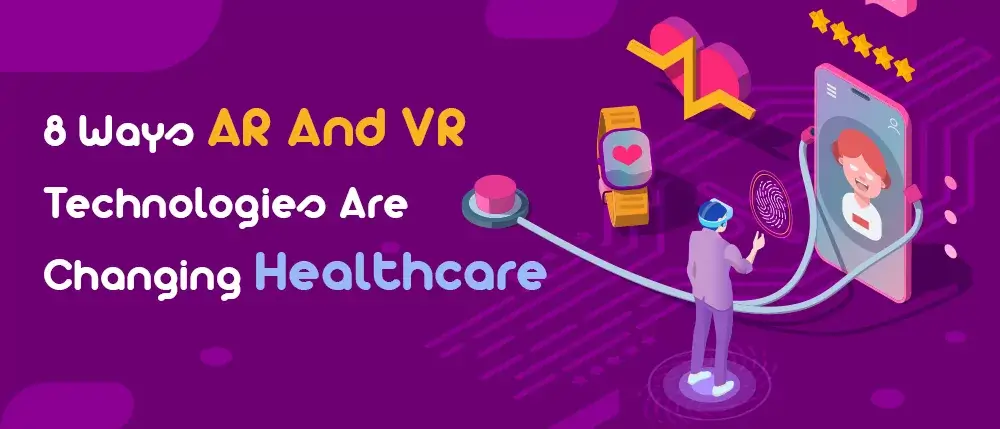
From the time the mouse and keyboard were the only input devices available to interact with a machine, we have really come a long way. Today, touch-based input systems and gesture controls have become mainstream and we are only months or years away from witnessing the rollout of a new medium-less way of interacting with systems and devices. Laying the foundation for the future of such instances are technologies like Augmented Reality (AR) and Virtual Reality (VR).
With the former offering newer ways to access information, explore options and engage with graphical and visual elements and the latter completely transporting a user to another virtual world rendered by 3D environments, we are indeed at the dawn of a Digital Transformation in Healthcare.
From being mainly explored and implemented in the world of entertainment (remember Pokemon Go?) to now being experimented across industries, AR and VR technologies are truly opening up new avenues for stakeholders to solve some plaguing concerns in their industries.
One such very specific and rewarding application of these two technologies has been in the healthcare space, where precision and timeliness are the only aspects that matter.
Over the years, researchers and hospital chains have been exploring diverse use cases of AR and VR technologies to make healthcare more accessible, conduct ground-breaking research and studies, for training purposes and more. In this article, we will delve deep into the role of AR and VR in healthcare and understand how these two technologies are making healthcare more enriching and meaningful to patients, organizations, doctors and every other stakeholder involved in the ecosystem.
Journey Of AR And VR In Healthcare
While it might sound like these two technologies have been extensively researched for healthcare purposes only in the last decade, it will surprise you when you realize that researchers have always been experimenting with a concept like virtual reality for over two decades now. There were close to 204 publications on how VR could influence healthcare released in the year 2004. It numbered to around 720 in 2014. Over the years, the evolution of VR and AR in healthcare has been gradual and succinct. Let's quickly look at their journey, shall we?
- The use of virtual reality technologies to treat mental ailments and concerns has been an age-old practice. Tracing back to the early 90s, this application finds its roots in the Cognitive Behavioural Therapy (CBT), allowing practitioners to treat anxiety disorders. With virtual reality offering life-like stimulus, results are also being proving to be more effective.
- The technology has been in use for over two decades to treat phantom limb pain, assess and rehabilitate brain damage, manage pain stemming from burns and more.
- Treating autism in young adults, depression, stroke rehabilitation, ADHD and even Alzheimer's have been part of VR implementation in healthcare.
Important Stats on AR And VR You Should Know
As the world gradually wakes up to the importance of AR and VR in the world of healthcare, let's look at what the numbers look like for these two tech concepts in terms of their adoption and market statistics.
- In 2018, the market size of the mixed reality market was around $0.95bn and this is estimated to reach $7.5bn in the next 5 years.
- A report of a study released by the UK in 2019 revealed that 100% of the patients who used a VR headset experienced increased satisfaction in their hospital experience. Close to 80% of them felt less pain and around 73% felt less anxious during surgeries that required patients to be awake.
Use of AR And VR Technologies In Healthcare
Enhanced Patient Experience
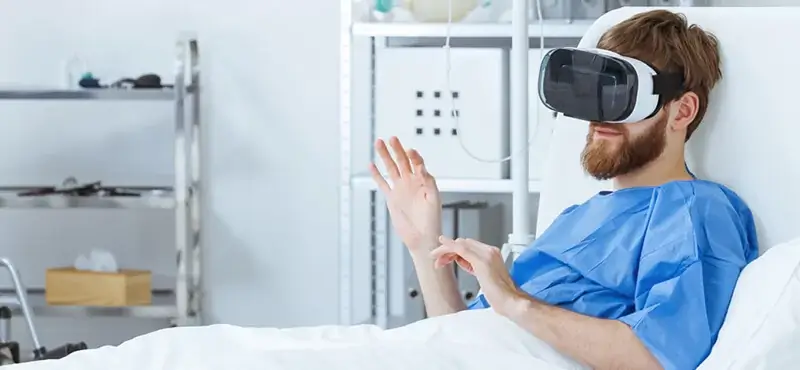
The entire chain of patient care starting from diagnosis and treatment to post-treatment follow-ups can be optimized with the help of AR and VR technologies. Apps powered by AR and VR technologies can assist doctors in offering consultation during crises and emergency situations. From vital monitoring from remote to emotion reading and pulse examinations, situations that require immediate assistance can be dealt seamlessly with these technologies.
Another aspect of patient care is in hospitals, where patients and visitors can be offered adequate information about their ailments, treatment procedures, diagnosis and other health-related information with the help of AR apps development. By scanning a code or running a module, complete information can be offered through infotainment. This can help empower patients and put their recovery and health back in their control.
Psychological Relief And Treatment
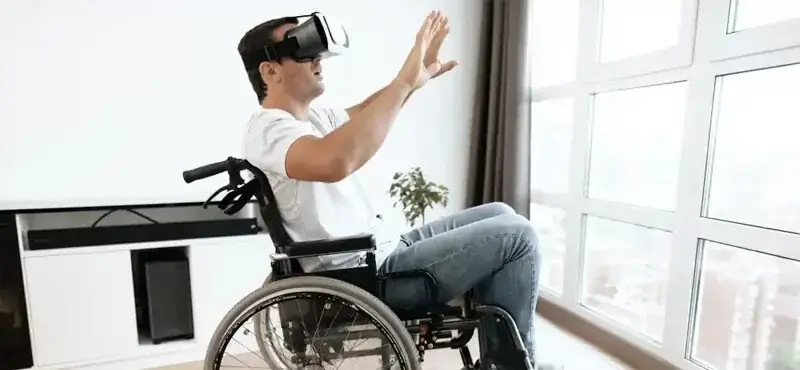
Conventional forms of therapy sessions can be rewritten with the help of AR and VR apps development. Through the implementation of VR, practitioners can come up with more realistic environments for their patients to endure their fear or phobia, observe their reactions and deliver revised treatment procedures accordingly. Disorders can be studied in detail this way as well.
One of the other key implementations of mixed reality lies in treating clinical depression. In a study that allowed patients to hear their own words of comfort through mixed reality procedures revealed that close to 27% of them showed clinical progress.
PTSD in veterans can also be treated extensively with VR. Veterans are often plagued by their horrific past in their battlefields. With VR, they can be brought out of the zone and facilitated for more peace of mind.
Data Visualization And Body Mapping
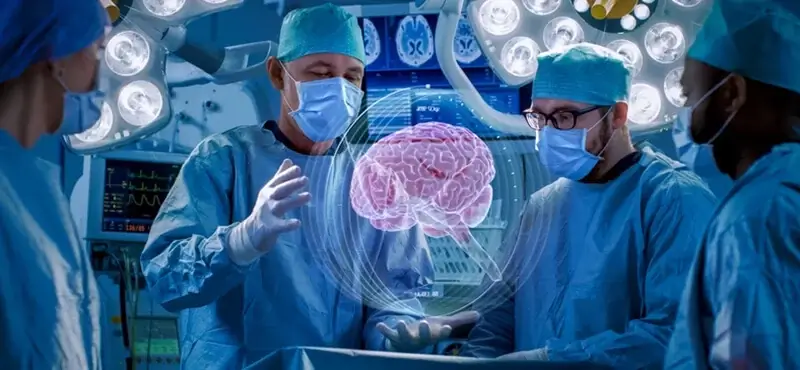
Mixed reality can help train stronger, next-gen doctors by allowing them to become familiar with complex situations and surgeries through virtual and augmented reality. With the help of body mapping, upcoming surgeons and doctors can treat virtual bodies or redo surgeries of complications virtually to deal better during emergency situations.
This performance or training can be monitored through data mapping technologies and visualized for learning and inferences. By identifying key metrics, doctors and surgeons could be offered personalized tips on treating patients better, best practices, alternate solutions and more. This gives practitioners a chance to approach one single ailment from multiple angles to come up with the best possible treatment procedure.
Advanced Diagnostics Through AR
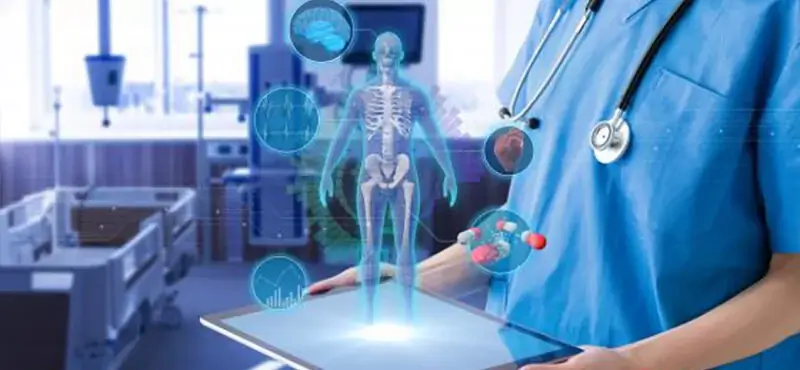
AR technology can be used to extract precise information about what an individual is going through in terms of pain and discomfort, in which region of the body, duration and through other data touchpoints. With the help of sensors and apps, these datasets can then be visualized for precision diagnosis and treatment planning. With the help of mixed reality, ailments and symptoms that often go unnoticed or for granted can be brought under the limelight and studied for diagnosis. This way, lethal diseases could be detected at early stages and treated accordingly. Also, practitioners can do away with invasive procedures by deploying mixed reality through sensors and data.
A key advantage of this also lies in the reduction of consultation time for patients. Without having to wait for test results and reports, doctors can treat more patients within their same duration of operations.
Virtual Reality In Surgery

Complex surgeries like those involving ones on nervous systems, brains and spinal cords require complete attention for hours together. While this comes from experience, mixed reality can assist neurosurgeons and doctors to get acclimatized to such operating procedures through VR surgeries. Besides, mixed reality can also enable doctors to have an expert be virtually present in a surgery room and guide doctors and surgeons in a procedure. This can ensure the patient is in safe hands at any given point of time.
AR-Assisted Surgery
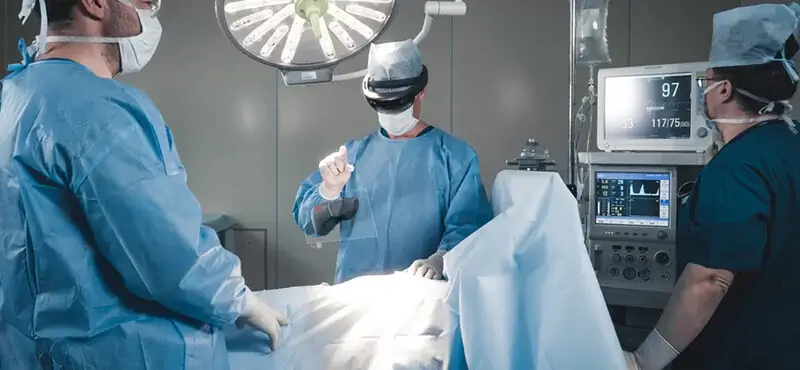
Also referred to as ARAS (Augmented Reality Assisted Surgery), this tool superimposes a graphical image onto the peripheral view of a doctor or a surgeon. This image contains all essential details and insights they would need on the patient to optimize the operating experience. Through wearable devices like that of Google Glass or just AR-based apps, doctors and practitioners can use a technology that best meets their needs to conduct an operation, train for surgeries, deliver training to nurses and more. ARAS has been most predominantly used in cardiovascular surgeries and in treating urological ailments.
Consultation With Doctors
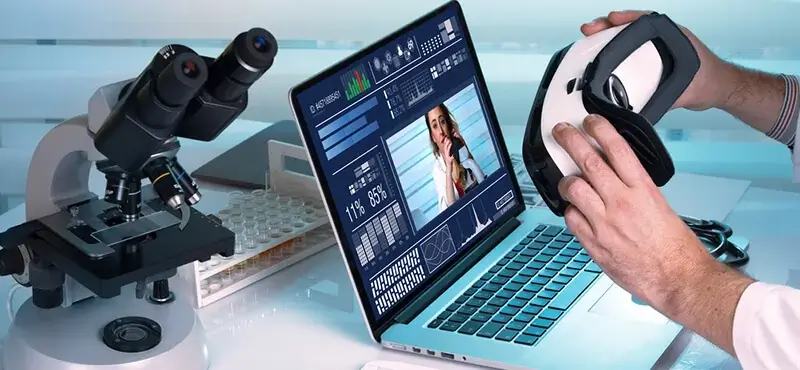
Apart from the aspect we discussed earlier, AR can be used to inform patients to run quick tests on the symptoms they experience through the integration of Artificial Intelligence. For instance, they can get an idea of the ailment they are most likely to experience by offering inputs on their symptoms, duration, pain region and more. High-performing algorithms can accurately offer solutions to such patients and guide them to their nearest doctors or hospitals as well. Besides, VR is a great way to interact directly with doctors in remote or distant locations for quick diagnosis during critical situations like stroke.
Operation During Emergency Situations
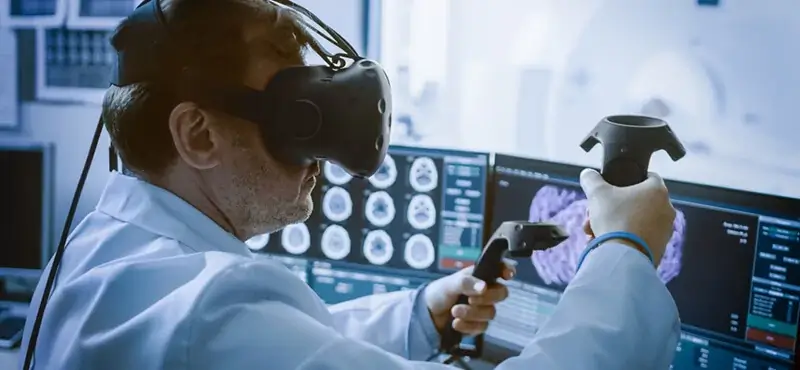
Apart from surgeries, healthcare professionals like paramedics can also be trained with VR technologies. Through integrated software, virtual scenarios or environments and more, special teams and practitioners could be put in critical situations they are likely to face and train them to tackle hurdles seamlessly. Like all training, these practice sessions also carry tons of data touchpoints and metrics that assess the performance of professionals. Based on results, they can be given more training or critical feedback. These training sessions can prove to be extremely beneficial in circumstances like natural disasters, global pandemic and more.
Wrapping Up
Mixed reality technologies are going to be the future of healthcare. We are probably just months away from historic applications of AR and VR in this spectrum. If you have a game-changing idea, you need to get it developed from reliable AR and VR developers and ride the initial wave. Your idea could revolutionize healthcare and the way treatment is currently being delivered.
For that, all you have to do is get in touch with an expert like us and get a mixed reality solution developed for your idea or business. We are pioneers in mixed reality development with expertise on diverse industries.
Reach out to us today.
